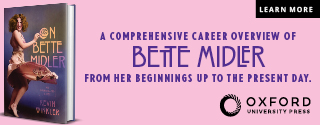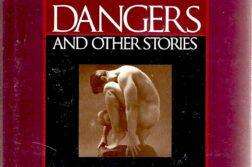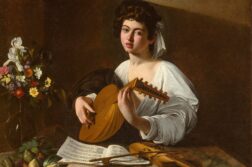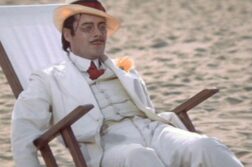DURING A YEAR in my life when I spent a lot of time alone, I discovered in Somerville a somewhat forgotten, almost always empty bowling alley—actually candlepins, which is what we play here in Massachusetts—with a pool hall attached. I wiled away many Sunday afternoons teaching myself to play pool. Playing in a hall that didn’t allow alcohol, and under the watchful eye of an elderly attendant, I felt comfortable most of the time amid the young, male, mostly working-class regular clientele. Against this testosterone-charged yet antiquated backdrop, I was stunned to look up one day and notice high on the wall a photograph bearing the inscription, “Queenie & Gertrude Stein,” and showing what sure looked like Gertrude Stein along with an unknown young woman. The only other clue to its provenance were the words “New York City, 1903,” added to the inscription. The more I thought about it, the more curious I became. Was Gertrude Stein in New York in that year and, if so, what was she doing there?






